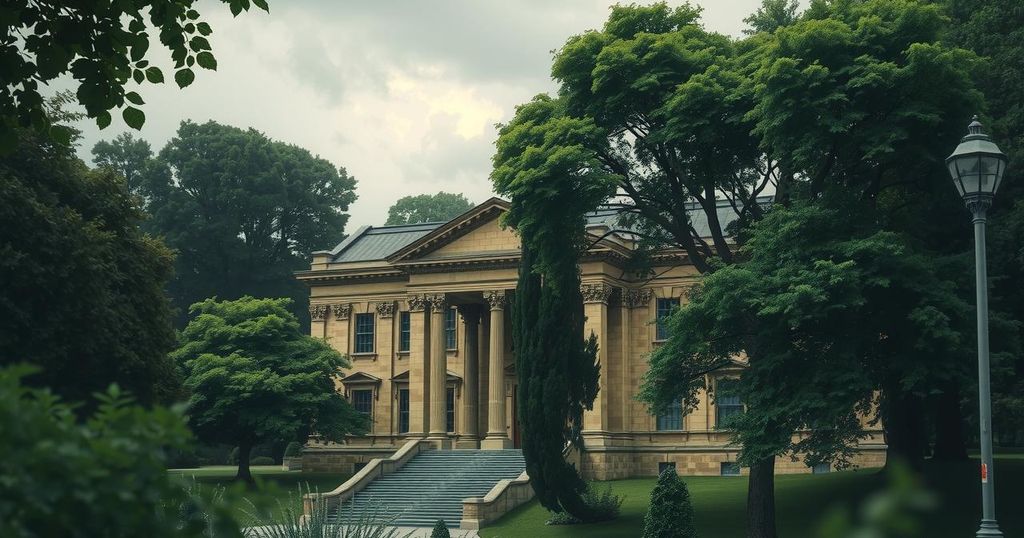Argentina Shuts Down Che Guevara Museum, Citing Misuse of State Resources

The Argentine government has closed the Che Guevara Museum in San Martín de los Andes, stating it misused public resources to glorify a controversial figure. The decision is tied to broader reforms under President Javier Milei’s administration and is positioned as an effort to reassess state-managed cultural spaces and activities.
The Argentine government has announced the closure of a museum dedicated to Ernesto “Che” Guevara located in San Martín de los Andes, within Lanín National Park. This facility was managed by the State Workers’ Association (ATE), a situation established during the administration of former President Cristina Fernández. Manuel Adorni, the government’s spokesperson, indicated that the National Parks Administration has revoked the contract with the labor union that was managing the La Pastera building since 2008. According to Adorni, ATE failed to fulfill its original goal of reopening this cultural space, instead converting it into a museum focused on Guevara.
Adorni stated that “far from fulfilling its purpose, which was to reopen this cultural space declared as a historical site, ATE turned that property into a museum dedicated to Che Guevara.” He described some activities held there, including a presentation for the book Mundo Che in Havana and visits from university students, which he argued contributed to glorifying the controversial figure of Guevara.
The government’s decision to close the museum is tied to broader issues regarding state resources. Adorni noted that the contract was deemed illegal and has been characterized as using public funds to “recreate the life of this terrorist using multimedia material.” He emphasized that protecting taxpayer resources is a core principle of President Javier Milei’s administration, marking these measures as essential amidst a larger set of reforms.
Che Guevara’s legacy remains contentious. Once a prominent figure during the Cuban Revolution and an associate of Fidel Castro, Guevara held several high-ranking positions, including Minister of Industry and President of the National Bank. His efforts to spread revolutionary activities beyond Cuba led to his involvement in guerrilla warfare in places like the Congo and Bolivia, culminating in his capture and execution.
His controversial reputation is further complicated by his involvement in summary executions during the early years of the Cuban regime, particularly at La Cabaña fortress, where many were executed without fair trials. In fact, some Cubans referred to him as “the butcher of La Cabaña” due to his role in these events. In a 1964 speech at the United Nations, he infamously justified these actions by stating, “We have executed, we are executing, and we will continue to execute as long as necessary,” reflecting a harsh approach to dissent.
In light of these facts, the government faces questions about the motivations for closing the museum. Critics argue that it was a valuable cultural space promoting discussions about Guevara’s complicated historical significance, while proponents of the closure see it as a necessary action against the glorification of what they term a terrorist.
The closure decision aligns with a trend of reviewing past governmental agreements under the new administration, which has expressed a commitment to re-evaluating how state resources are used in cultural contexts.
In summary, the closure of the Che Guevara Museum by the Argentine government is a significant move reflecting a broader reassessment of state resources used for cultural presentations. The government’s stance against what it sees as glorifying a controversial figure underscores deep divisions in how Guevara is perceived, balancing concerns about historical recognition with current political beliefs. As this situation evolves, it may have implications for similar cultural institutions across the country.
Original Source: en.cibercuba.com







